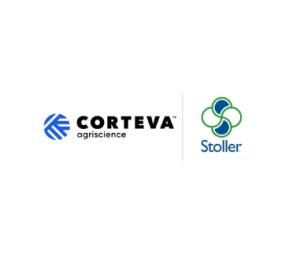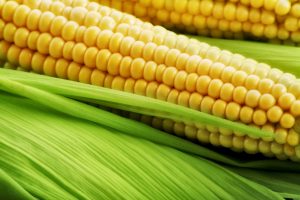
Corteva Agriscience Signs Agreement to Acquire Stoller Group, the Largest Independent Biologicals Company in the Industry
Corteva Agriscience Signs Agreement to Acquire Stoller Group, One of the Largest Independent Biologicals Company in the Industry Stoller






